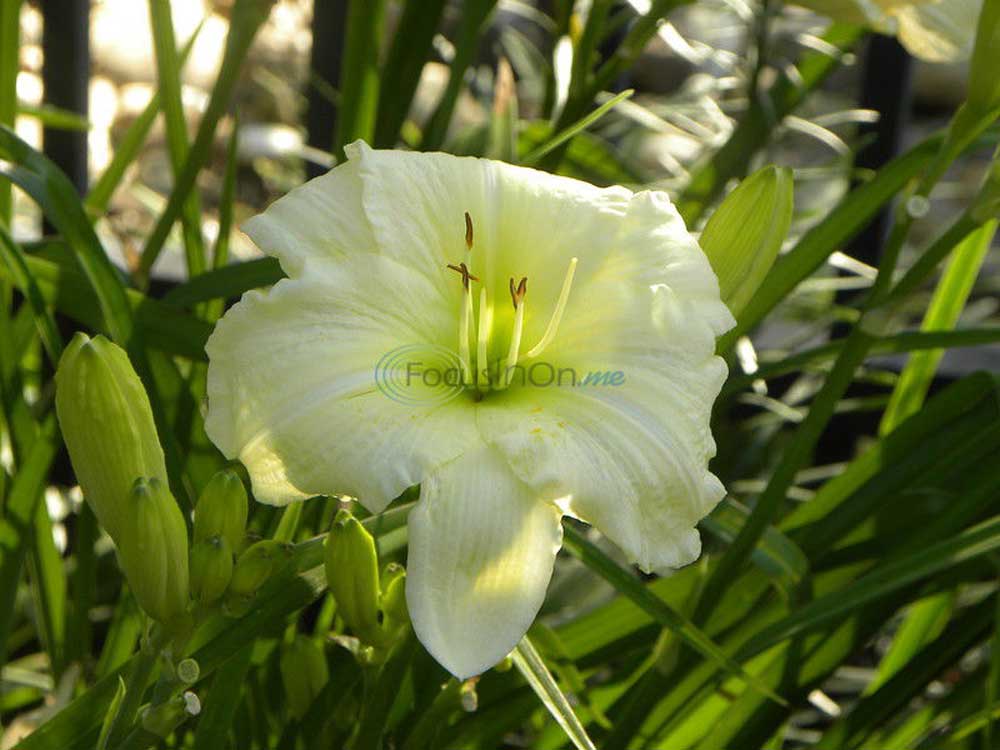Daylilies, originally from Orient, really evolved on American soil
Published 7:10 pm Wednesday, June 17, 2015

- Daylily "Joan Senior" has nearly white blooms, with a touch of cream and a light yellow center.
Daylilies are the mainstays of so many gardens. They come in fabulous colors, shapes and all sizes, from giant 4-footers down to miniscule 10-inch dwarfs.
Daylilies (Hemerocallis) originated in the Orient, coming to America via explorers and immigrants. Rapidly accepted into American gardens, they spread quickly to become known as “ditch lilies” in the eastern states. They were a prominent wildflower in Georgia when we lived there in the 1970s.
Kwanso (the old double orange), Tawny (orange-red), and “Flore Pleno” (yellow-gold) are the oldest and most often seen in ditches and in old gardens and house places long grown up in weeds. These types spread rapidly to become groundcovers over large areas.
Needless to say, daylilies have come a long way since those old plants arrived more than a century ago.
Take a look at “Joan Senior” here in the picture. What a fabulous plant. Joan Senior, the whitest daylily so far, blooms for an exceptionally long time in late spring and again in late summer.
Joan has nearly white blooms, with just a touch of cream, with a very light yellow center, and she’s a clumper. We just love her in our IDEA Garden at the Tyler Rose Garden. You can find this daylily (and lots of others) in the Rainbow Border and in the center section of the garden. Joan Senior is a lovely addition to anyone’s garden.
Daylilies can be spreaders or clumpers, evergreen or deciduous. They love rich, moist, well-drained soils in full sun to part shade.
A fungus called daylily rust is becoming a real pest, especially to certain species of daylilies such as Stella d’Oro and Pardon Me, as well as other evergreen types. Pick off and destroy any leaves with yellow streaks and stripes.
Fertilize daylilies in early spring when they begin to grow, but do not fertilize newly planted ones the first year.
I invite you to come out to our gardens for a lovely stroll. We have been busy, and it shows —- beauty everywhere!






